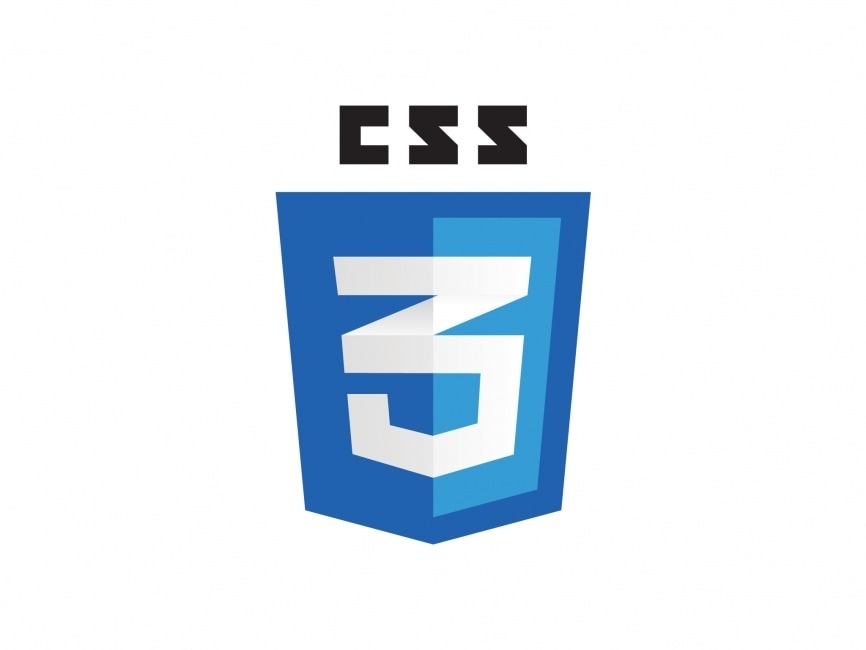
RoadMap to CSS in 4 days
Here's a condensed roadmap to learning CSS in four days:
Day 1: Understanding CSS Basics
Introduction to CSS:
• Learn what CSS (Cascading Style Sheets) is and its role in web development.• Understand how CSS is used to style HTML elements.
CSS Syntax:
• Familiarize yourself with the basic syntax of CSS rulesets (selectors, properties, values).Inline CSS vs. Internal CSS vs. External CSS:
• Learn the different methods of applying CSS to HTML documents.
• Practice applying CSS styles inline, internally, and externally.
Day 2: Styling Fundamentals
Selectors and Properties:
• Learn about CSS selectors and how they target HTML elements.• Explore commonly used CSS properties for styling text, backgrounds, borders, and spacing.
Box Model:
• Understand the box model concept (content, padding, border, margin) and its significance in CSS layout.• Practice manipulating box model properties to control layout and spacing.
Units and Values:
• Learn about different units of measurement in CSS (pixels, percentages, ems, rems, etc.).• Understand how to use these units effectively for responsive design.
Day 3: Layouts and Positioning
Positioning:
• Understand the different CSS positioning schemes (static, relative, absolute, fixed).• Practice positioning elements within a layout.
Flexbox:
• Learn about Flexbox, a modern layout model for CSS.• Understand how Flexbox simplifies layout tasks and allows for more flexible designs.
CSS Grid:
• Explore CSS Grid, a powerful layout system for creating two-dimensional grid-based layouts.• Learn how to create complex grid layouts for your web pages.
Day 4: Advanced CSS Techniques
Transitions and Animations:
• Understand how to add transitions and animations to HTML elements using CSS.• Experiment with different animation properties and keyframes.
Responsive Design:
• Learn about making your web pages responsive using media queries.• Practice creating layouts that adapt to different screen sizes.
Best Practices and Optimization:
• Explore best practices for writing efficient and maintainable CSS code.• Learn about CSS optimization techniques for improving website performance.
Throughout your learning journey, make sure to practice regularly and build small projects to reinforce your understanding of CSS concepts. Experiment with different styles, layouts, and techniques to expand your skillset. Additionally, don't hesitate to refer to online resources, tutorials, and documentation whenever you encounter challenges or have questions. Happy coding!